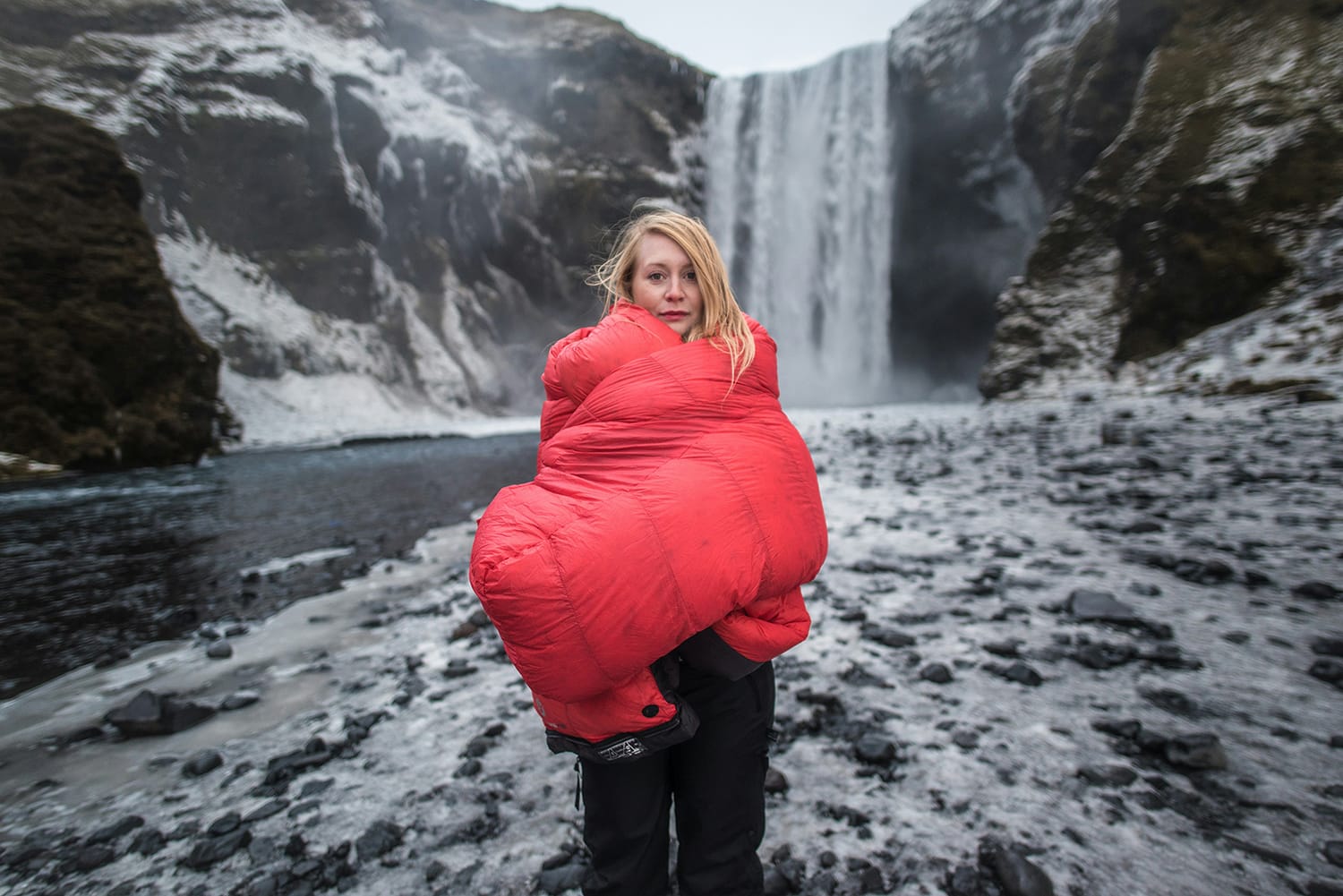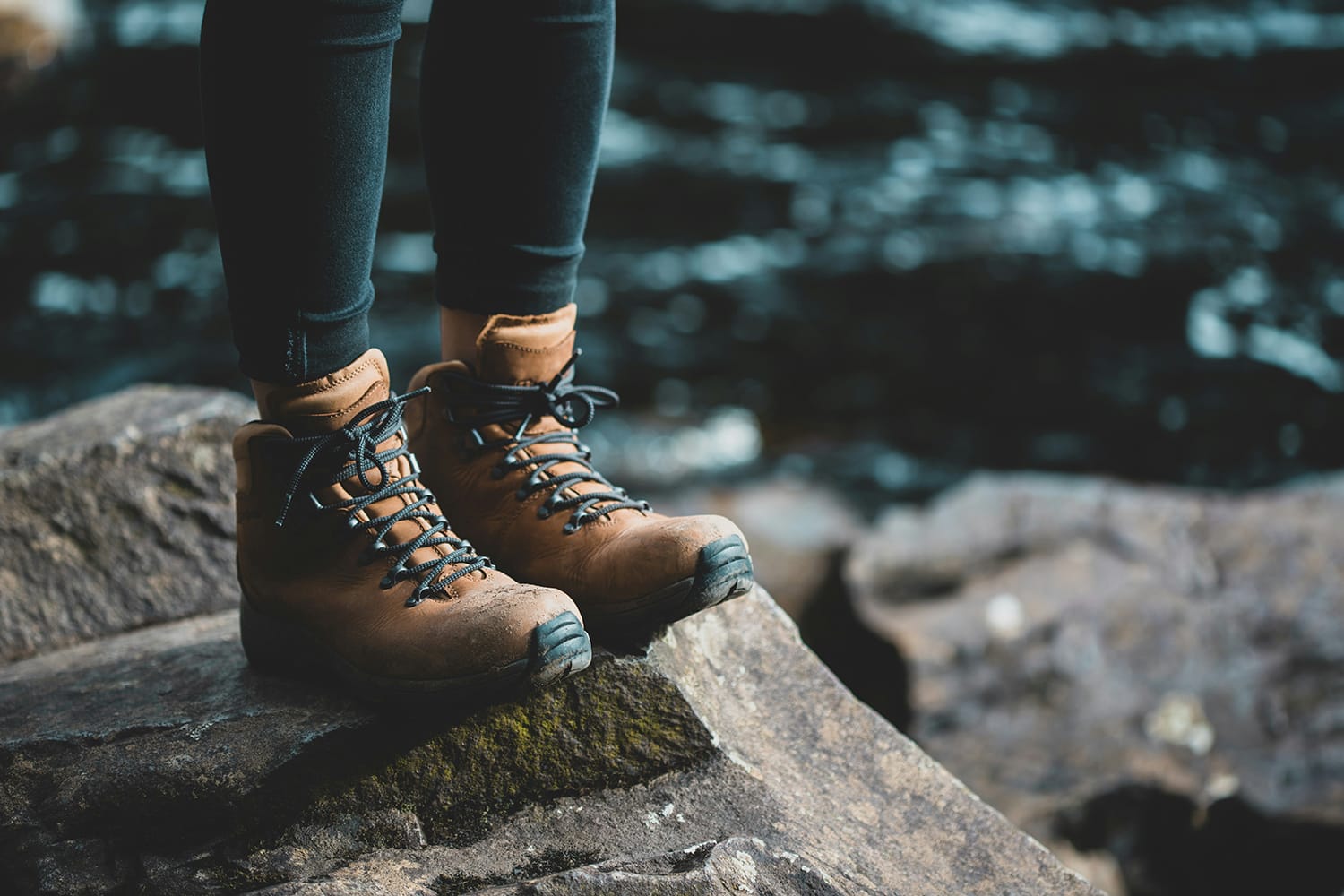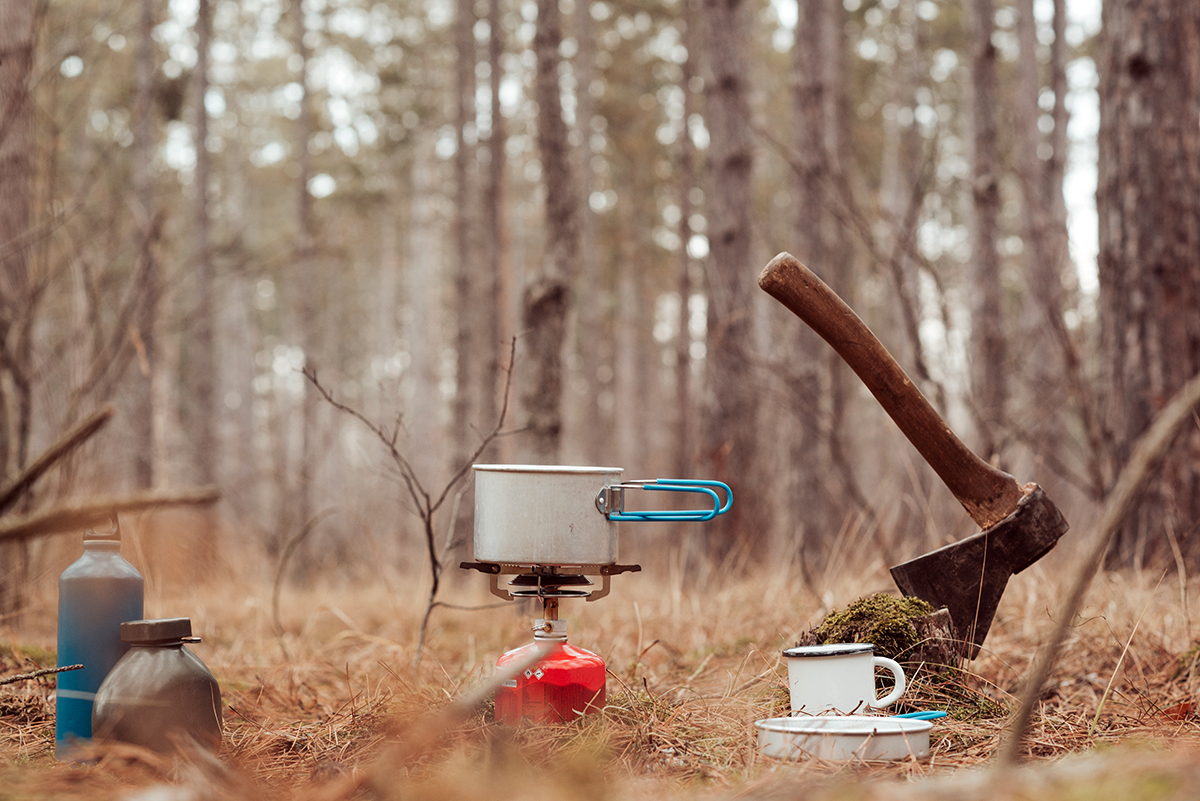Tired of lugging around a bulky, heavy sleeping bag? Ready to shed pounds from your pack without sacrificing warmth? It’s time to discover the backpacking quilt – the lightweight, versatile, and surprisingly cozy alternative to traditional sleeping bags.
Whether you’re a seasoned hiker chasing the ultimate ultralight setup or a weekend warrior looking to upgrade your camping comfort, this guide is your roadmap to finding the perfect backpacking quilt. We’ll dive deep into the world of quilts, exploring everything from materials and construction to temperature ratings and care. Get ready to experience the freedom and warmth of a good night’s sleep under the stars.
Let’s embark on this adventure together and find the quilt that’s right for you.

Ember down quilt by Sea to Summit
Key Takeaways
- Quilts are lighter than sleeping bags: Shed pounds from your pack without sacrificing warmth.
- Quilts are warmer than sleeping bags: Focus on core insulation for maximum heat retention.
- Quilts pack down smaller: More space for other essential gear in your backpack.
- Quilts are more affordable: Save money without compromising on quality.
- Quilts are versatile: Adjust to different temperatures for ultimate comfort.
Why They Trump Sleeping Bags
If you’re an avid backpacker, you know the importance of carrying less weight in your pack. And here’s the secret to lightening your load – upgrade to a down backpacking quilt! Why, you ask? The bottom line is that, compared to traditional sleeping bags, quilts offer a superior warmth-to-weight ratio. Yes, it’s true – a 20-ounce quilt is not only warmer but also lighter than its 20-ounce sleeping bag counterpart. It’s no wonder that quilts have become a sensation among ultralight hikers. But the benefits of quilts extend far beyond their weight advantage. Let’s explore why backpacking quilts are better than sleeping bags:
Understanding Backpacking Quilts
First things first – what exactly is a backpacking quilt? In essence, it’s a hoodless, backless, and sometimes zipperless sleeping bag with an enclosed footbox from the knee down. But let’s dispel the notion that they’re just fancy blankets. Much like traditional sleeping bags, quilts are designed to be used with a sleeping pad or in a hammock, and they’re suitable for a wide range of temperatures, provided their rating matches the conditions. For hammock campers, using quilts means pairing their primary “top” quilt with an “under quilt” beneath the hammock to ensure proper insulation for the underside.
1. Lighter and More Efficient
By eliminating the full-length zipper, hood, and back materials – which are among the least insulating elements of a sleeping bag – quilts save a substantial amount of weight. Down quilts typically weigh between 16-24 ounces, while down sleeping bags typically range from 20-32 ounces. For example, the Hammock Gear Premium Burrow 30, filled with 950+ fill power down, weighs in at a mere 16 ounces.
2. Warmer, Ounce for Ounce
The science behind quilt warmth is simple: heat rises. Sleeping bags tend to invest insulation in areas that matter less – the hood, back, and full-length zipper – while quilts focus on the top, sides, and footbox, where it truly counts. Since down insulation works by creating a barrier of lofted air, compressed down beneath a sleeping bag user provides minimal insulation. Additionally, backpackers often carry hats, fleece, and/or down hoods as part of their layering system, making the sleeping bag’s hood redundant.

3. Enhanced Packability
Another advantage of ditching the hood, back, and full-length zipper is that quilts compress down more effectively. They use less fabric overall and lack stiff metal components, making them more packable. In your backpack, quilts take up less space, leaving room for other essential gear.
4. Cost-Effective
Every stitch and baffle on a sleeping bag or quilt contributes to the production cost. Hoods and full-length zippers are some of the most complicated and expensive components to design and sew. By omitting these features, companies that produce quilts can pass on cost savings to the end user. For instance, the Hammock Gear Economy Burrow 30, with similar insulation to sleeping bags in its weight class, costs only $159, a significantly more budget-friendly option.
5. Versatile Ventilation
Backpacking often occurs in varying temperatures, with summers bringing both warmth and the occasional chill. Quilts, with their unzippable design, can easily be adjusted to allow airflow when it’s too warm. They have a wider comfort range in warmer temperatures, making a 30-degree quilt suitable for a night that’s 60+ degrees. On the other hand, quilts can be draped, tucked, or secured around you to prevent cold drafts. This versatility is a common concern for those new to quilts but is a non-issue for experienced users.

Summary
In summary, backpacking quilts outshine sleeping bags in almost every aspect. They are lighter, warmer, more packable, cost-effective, and offer better ventilation. So, why wait? It’s time to bid farewell to that clunky old sleeping bag and upgrade to the world of backpacking quilts.





